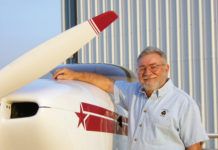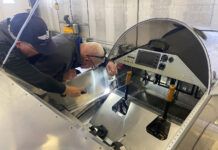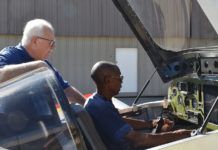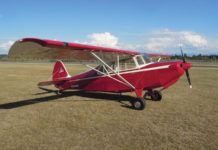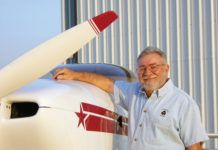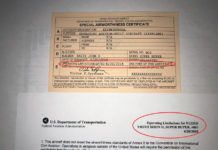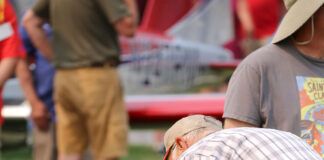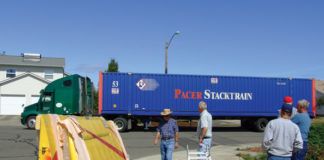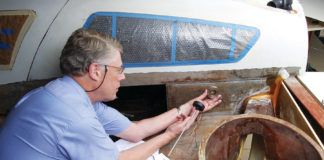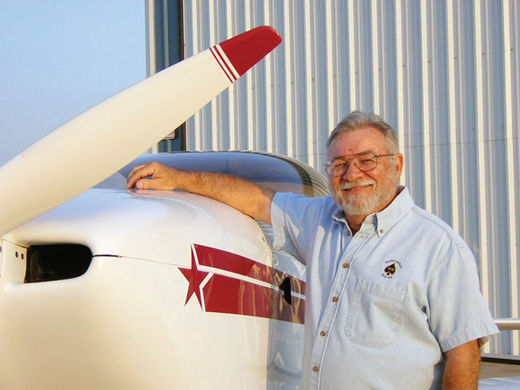
Question: I am considering buying an RV that was originally built and signed off as an RV-7A. It suffered fuel starvation, and the off-field landing resulted in significant damage. During repairs, it was converted to an RV-7. Do the new repairs have to be signed off by a DAR since it was a major structural change, with a new 25-hour flight testing requirement?
Answer: Your operating limitations is the controlling document on these matters. There should be a paragraph within your op lims describing just how to handle major changes. You will need to place the aircraft back into Phase I for a minimum of 5 hours. A new airworthiness inspection is not required.
Now, if you want to change the model, that gets more difficult. To do that would require a new inspection and new data plate in addition to the original one. That’s right, two data plates. According to FARs, if the model is changed, a new data plate must be installed next to the original one. Fortunately for us, an Experimental/Amateur-Built aircraft can be whatever model the builder wants, so changing the model is not required.
Question: Can a Canadian-registered Basic Ultra-Light Aeroplane (BULA) or Advanced Ultra-Light Aeroplane (AULA) be bought in Canada, brought into the U.S., and registered as an LSA (assuming the AULA/BULA fits the U.S. LSA category)? Conversely, can a “fat ultralight” that never received an N-number be purchased by a Canadian, certified AULA/BULA, and then be sold and brought back into the U.S. and registered as an LSA?
Answer: In both cases, the answer is no. In the U.S. there are only three ways to register an aircraft as an LSA.
One is for a manufacturer to build an LSA and have it certificated as a Special Light Sport Aircraft (SLSA).
The second way is for an individual to build the aircraft from a certified Light Sport Aircraft kit. To offer an LSA kit, the kit manufacturer must first build and certificate at least one example of a Special Light Sport Aircraft. That aircraft may then be cloned in kit form. The kit manufacturer must certify that all components contained in the kit are the exact same parts as used in the original SLSA. The “builder” must then certify that he/she built the kit in accordance with all instructions and components supplied by the kit manufacturer without any modifications.
The third way would be to re-certificate an SLSA as an ELSA (Experimental Light Sport Aircraft). After doing this, the aircraft is no longer restricted to the original operating limitations, thereby allowing the owner to perform modifications, as long as the modification does not take the aircraft outside of LSA parameters. The negative side of this is that the aircraft may no longer be used for commercial operations.
The only practical solution to what you are proposing would be to certificate the aircraft as Experimental/Amateur-Built. To do this, you must be able to prove that the aircraft was more than 50% amateur-built. This is done by submitting the builder’s log, an eligibility statement (FAA Form 8130-12), etc., and must meet the same requirements as if the aircraft were built in the U.S. If the aircraft meets U.S. LSA parameters, then it may be flown by a Sport Pilot, but it will never be registered as an LSA.
Please send your questions for DAR Asberry to [email protected] with “Ask the DAR” in the subject line.
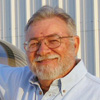
![]()
Mel Asberry is an experienced Designated Airworthiness Representative specializing in Experimental/Amateur-Built aircraft. He and his wife, Ann, have built seven amateur-built airplanes including two ultralight types, a Moni Motorglider, a Dragonfly Mk2, two RV-6s and a Zenair CH 601HDS. They are currently building a scratch-built biplane.

